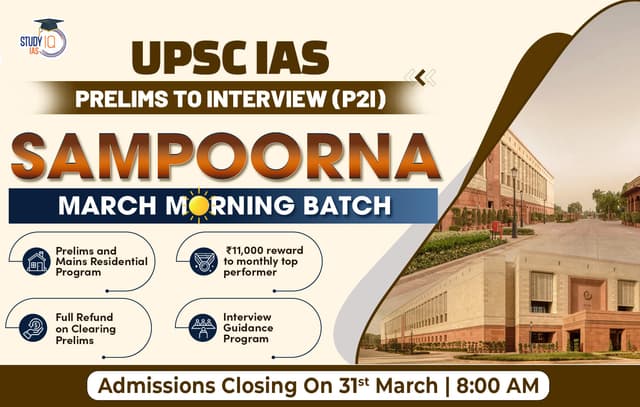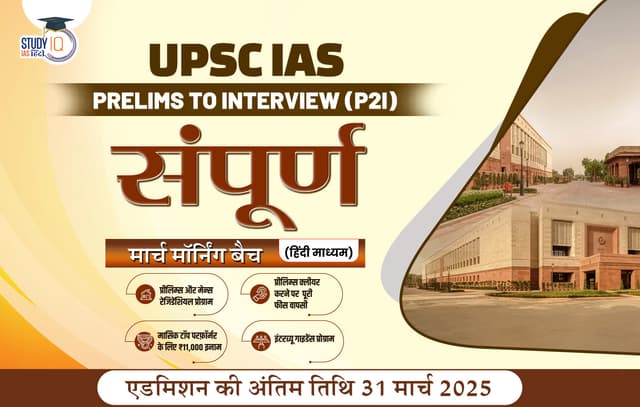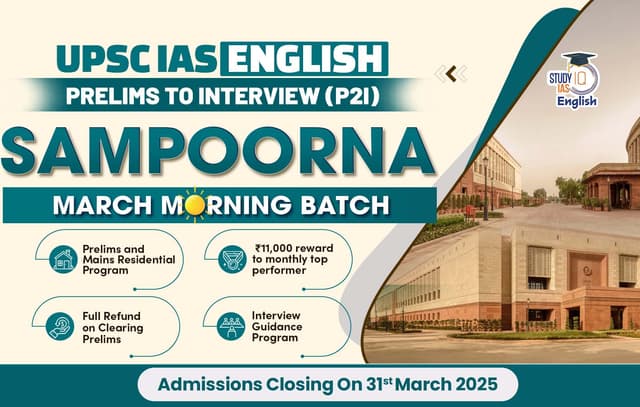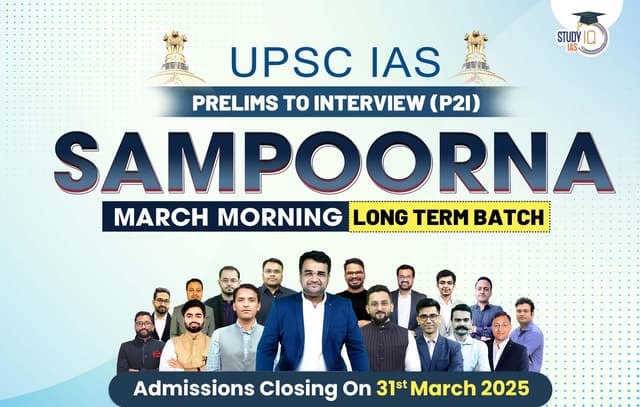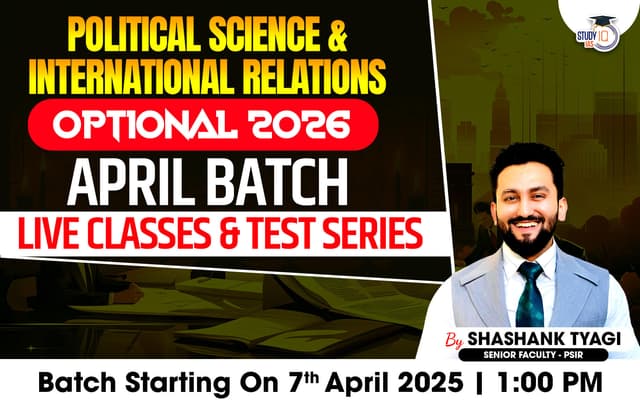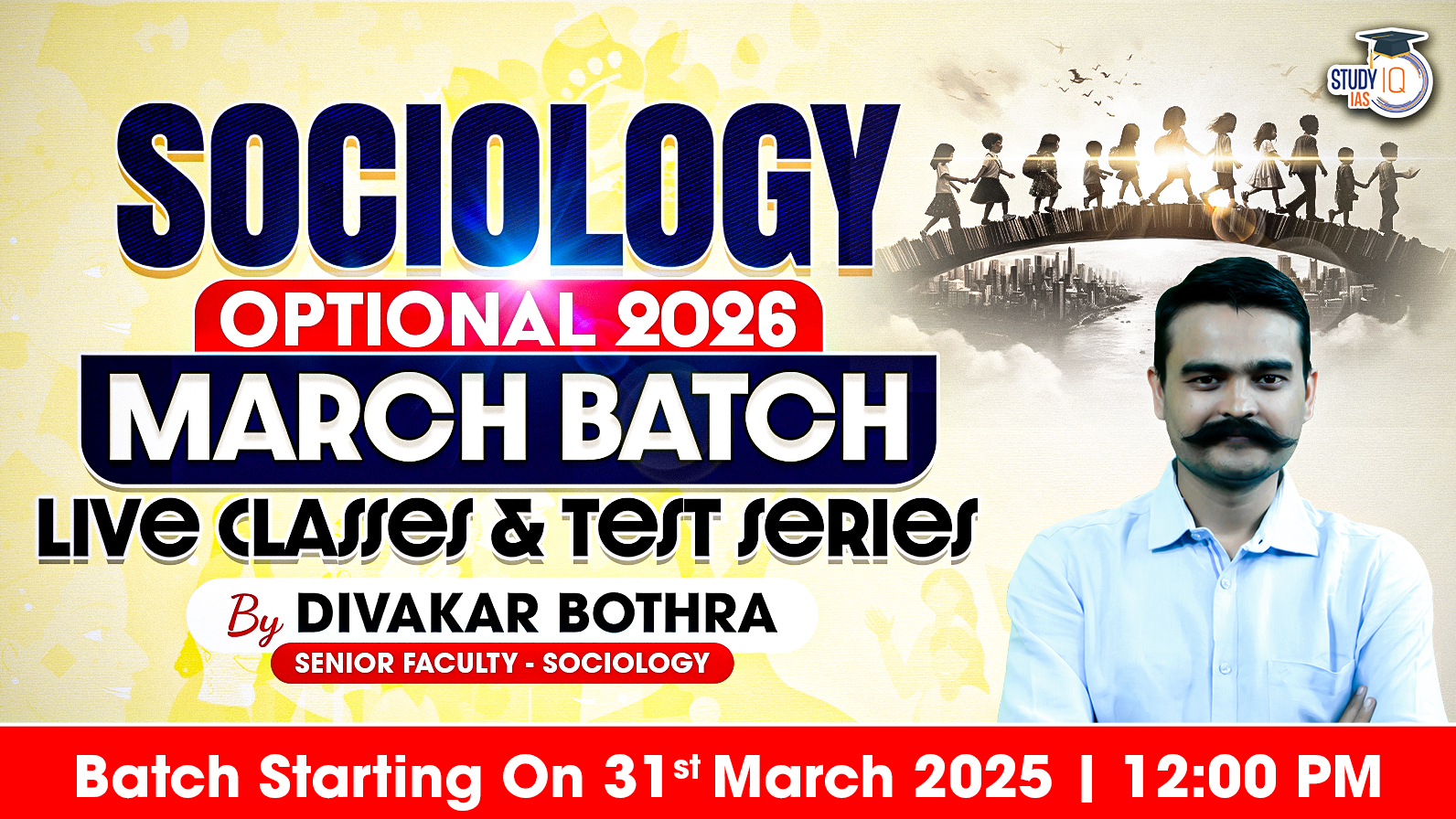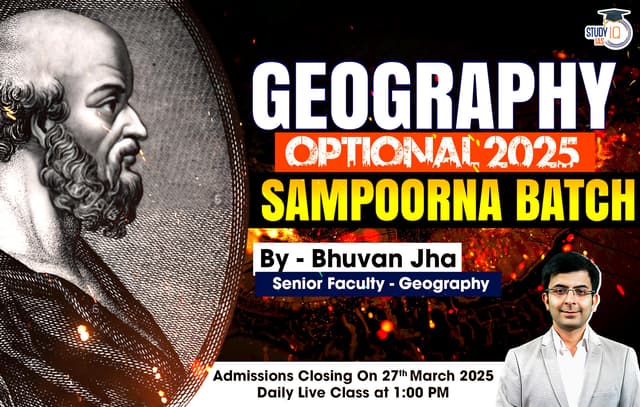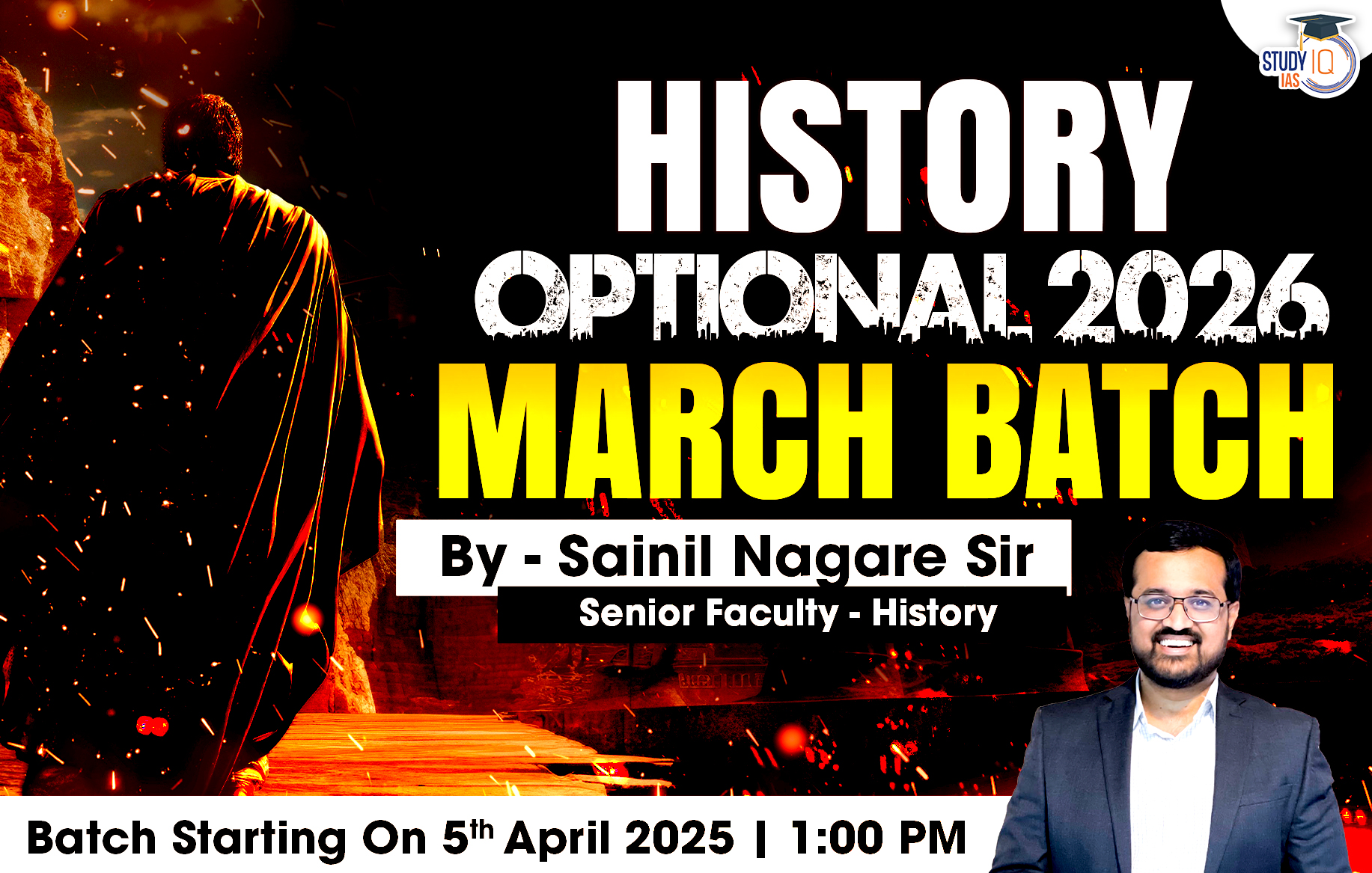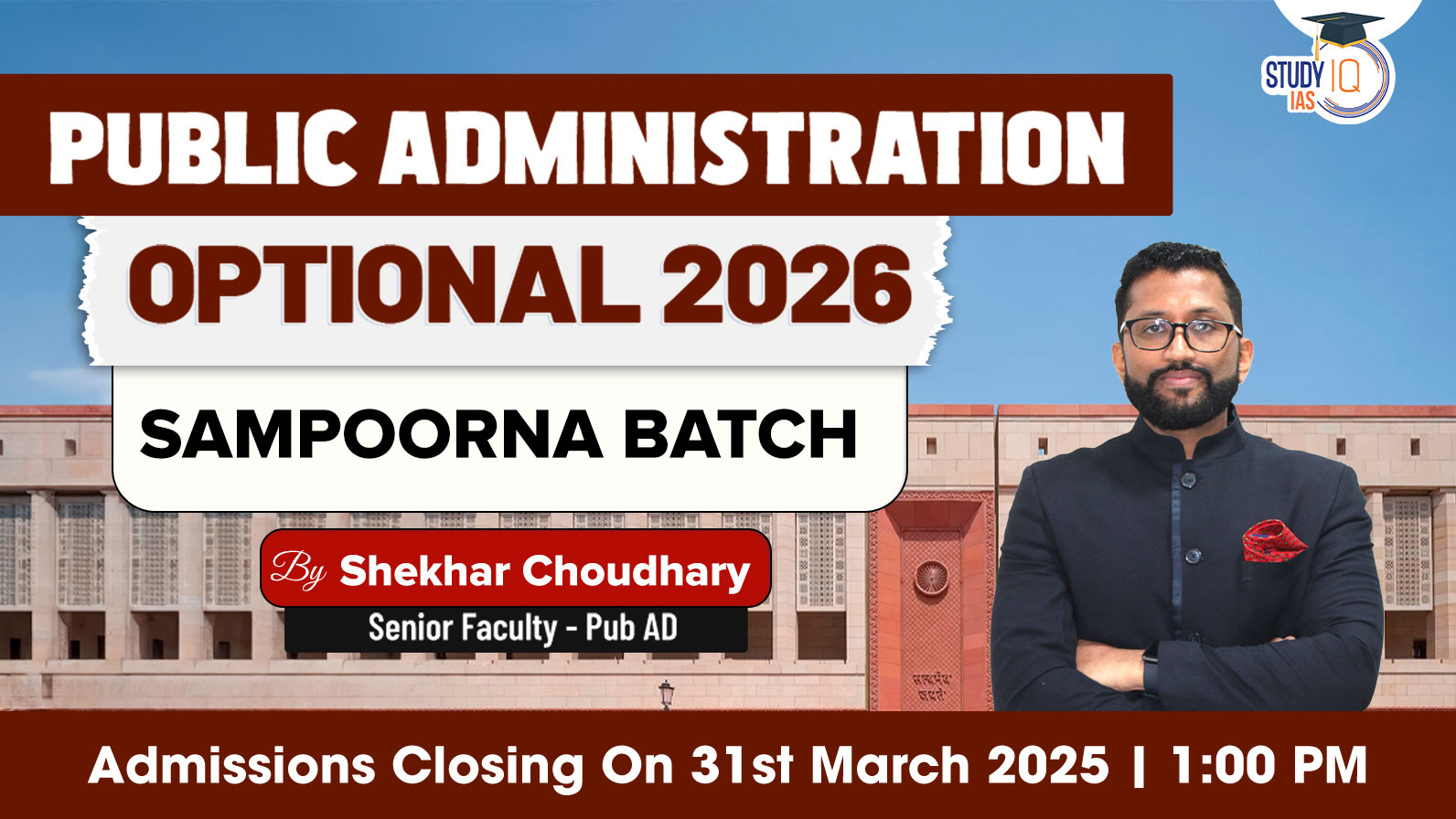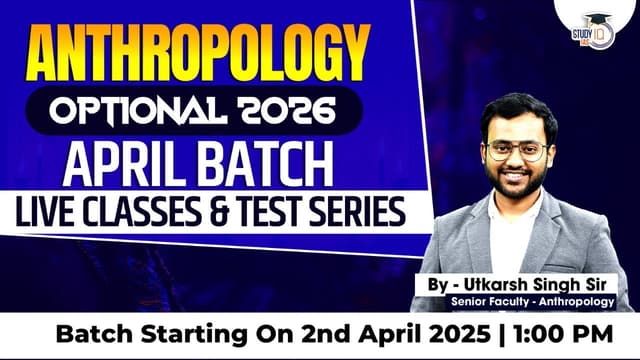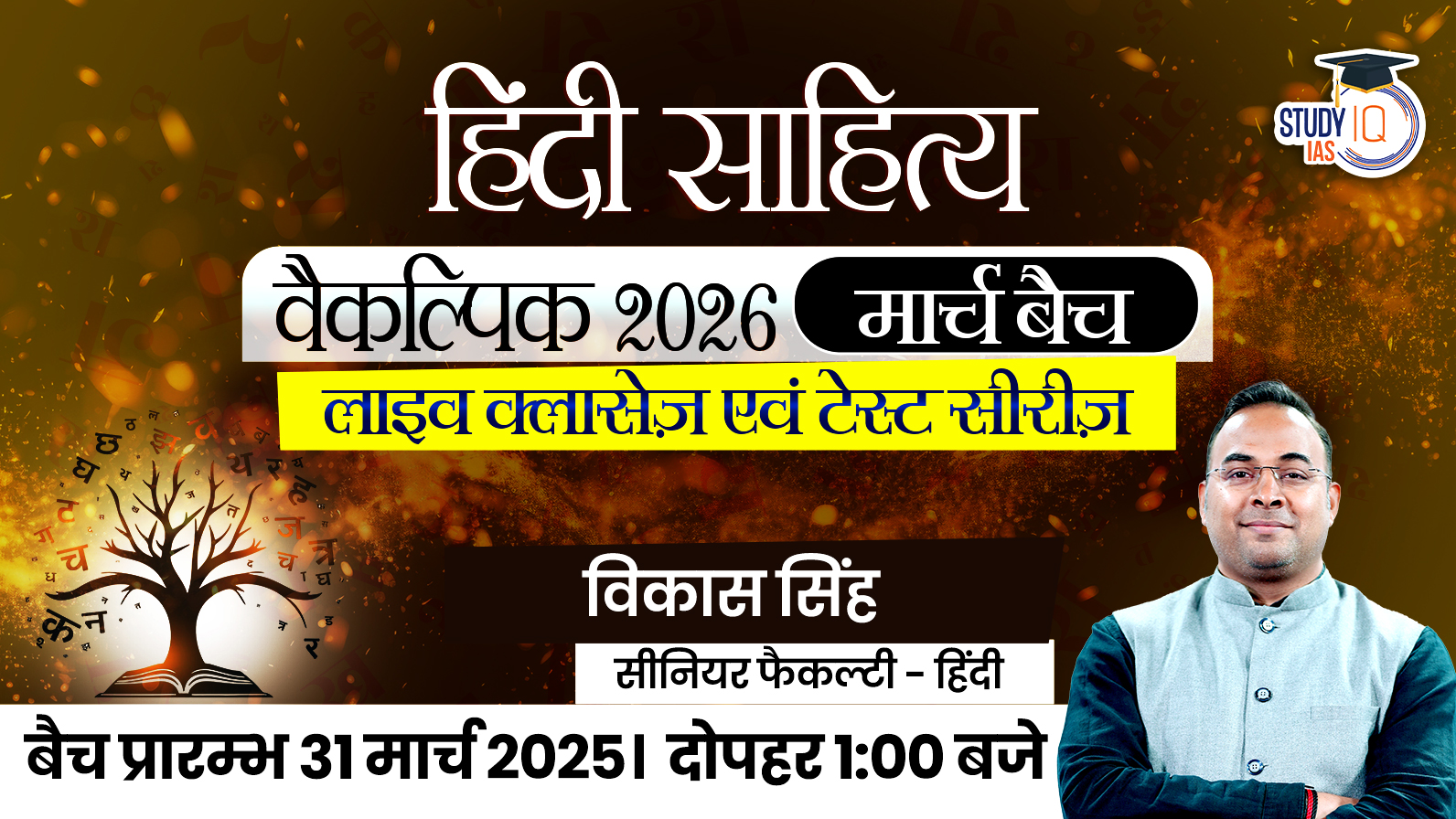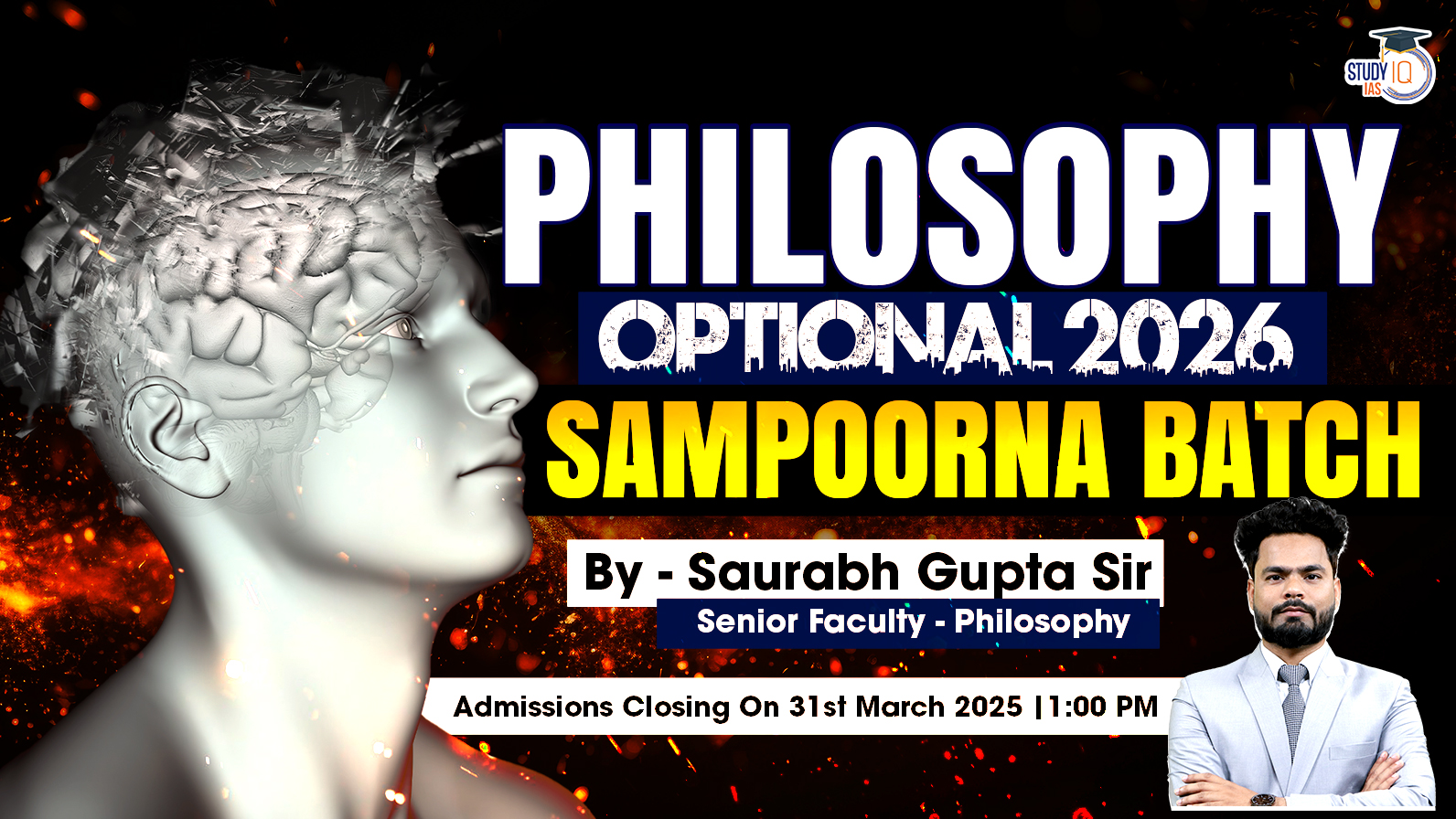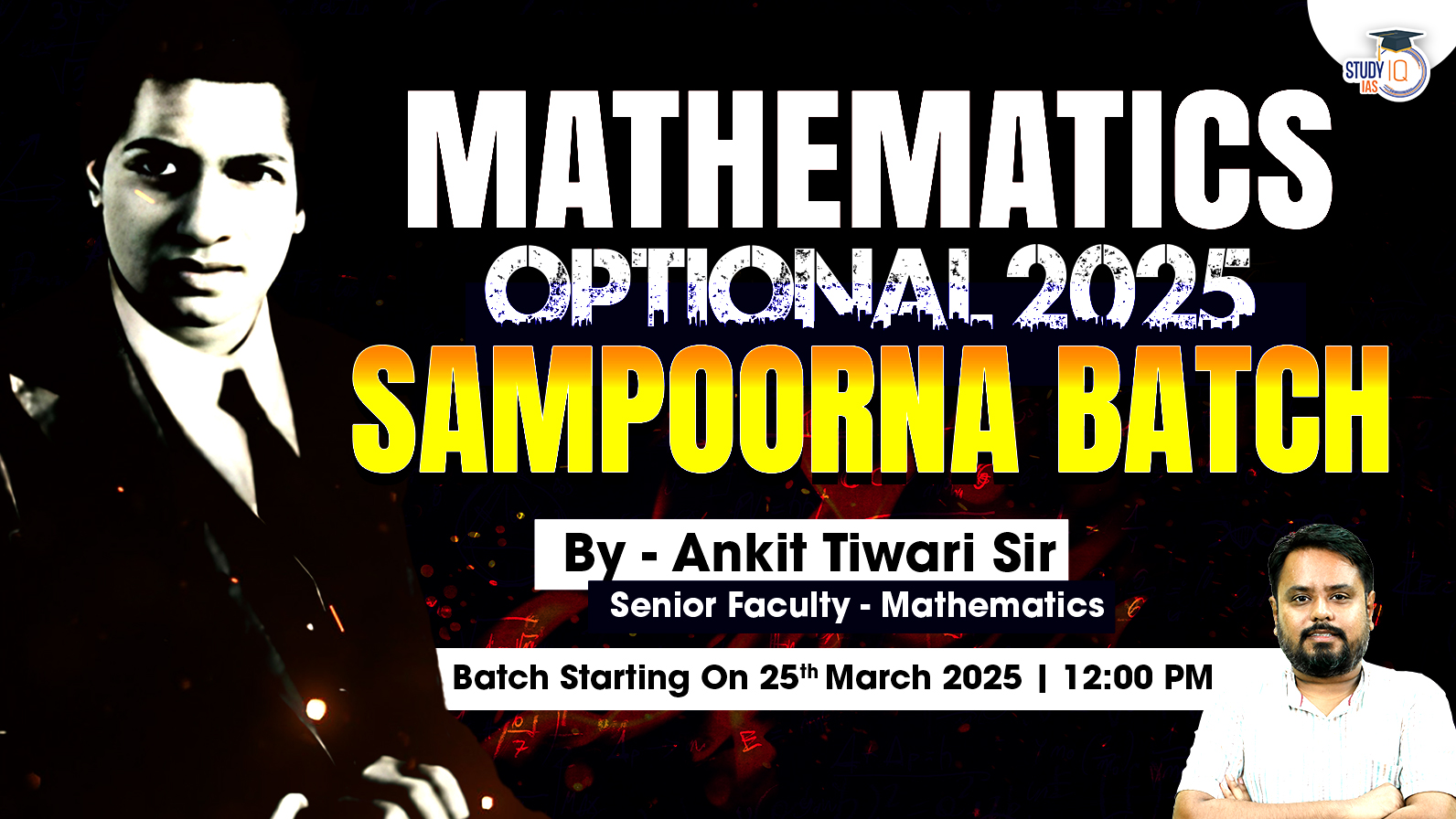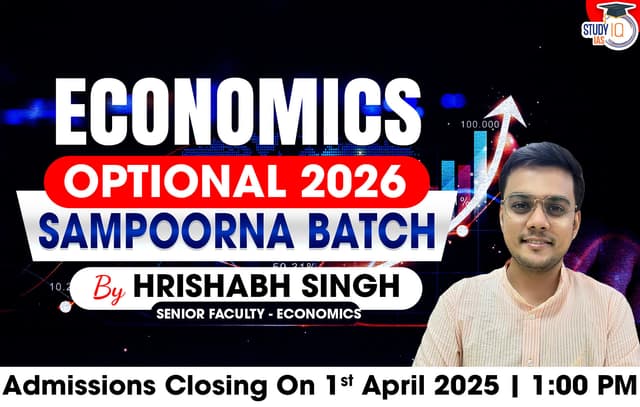Daily Current Affairs for UPSC 2022
Q) Recently seen in news, the ‘triple test’ is best related to which one of the following?
- The test to diagnose tuberculosis and HIV/AIDS
- A method to determine the legality of a parliamentary law.
- A new methodology to specify biodiversity losses due to anthropogenic causes.
- A test formula to provide reservation for other backward classes.
Daily Current Affairs for UPSC – 29 December 2022
Explanation:
- Option (4) is correct: Supreme Court gave the triple-test formula to create Other Backward Classes (OBC) reservation in local body elections in the judgement of Vikas Kishanrao Gawali vs. State of Maharashtra (2021). The three tests laid down by the Supreme Court are:
- To set up a dedicated Commission to conduct contemporaneous rigorous empirical inquiry into the nature and implications of the backwardness qua local bodies, within the state.
- To specify the proportion of reservation required to be provisioned local body wise in light of recommendations of the Commission, so as not to fall foul of over breadth.
- In any case such reservation shall not exceed aggregate of 50 per cent of the total seats reserved in favour of SCs/STs/OBCs taken together.
- The SC in the judgement further said the reservation cannot be notified without meeting these conditions, as caste population surveys conducted by States are not enough to provide for political reservation in local body elections.
Q) Consider the following statements about the ‘National Geospatial Policy 2022’:
- The policy aims to develop bathymetric geospatial data for inland waters by the 2025.
- The National Spatial Data Committee is responsible for promotion of the Geospatial sector.
Which of the statements given above is/are correct?
- 1 only
- 2 only
- Both 1 and 2
- Neither 1 nor 2
Explanation:
- Statement 1 is incorrect: The Ministry of Science and Technology has notified the National Geospatial Policy, 2022. By 2030, it aims to develop high resolution topographical survey and mapping (5-10 cm for urban & rural areas and 50-100 cm for forests and wastelands); high accuracy Digital Elevation Model (DEM) for the entire country (25 cm for plain, and 1-3 metre for hilly and mountainous areas). By year 2035 it aims to develop high resolution/accuracy bathymetric geospatial data for inland waters and sea surface topography of shallow/deep seas to support Blue Economy; survey and mapping of sub-surface infrastructure in major cities and towns; National Digital Twins for major cities and Towns.
- Statement 2 is incorrect: A Geospatial Data Promotion and Development Committee (GDPDC, will be a 17-member body) at the national level shall be the apex body for formulating and implementing strategies related to promotion of the Geospatial sector. GDPDC would replace and subsume the functions and powers of the National Spatial Data Committee (NSDC) constituted in 2006 and GDPDC constituted in 2021. DST (Department of Science and Technology) shall be the Nodal Department of the Government for the Policy.
Q) With reference to ‘James Webb Telescope’, consider the following statements:
- It observes the universe in the ultraviolet wavelength.
- It studies the atmospheres of extrasolar planets.
- It is placed in the Sun-synchronous orbit.
Which of the statements given above are not correct?
- 1 and 2 only
- 2 and 3 only
- 1 and 3 only
- 1, 2 and 3
Explanation:
- Statement 1 is incorrect: James Webb Space Telescope (JWST) is NASA’s largest and most powerful space science telescope. It is an infrared observatory orbiting the Sun about 1 million miles from Earth to find the first galaxies that formed in the early universe and to see stars forming planetary systems. It will complement and extend the discoveries of the Hubble Space Telescope, with longer wavelength coverage and greatly improved sensitivity. Unlike Hubble Telescope, which observes in the near ultraviolet, visible, and near infrared (0.1–1.7 μm) spectra, JWST observes in a lower frequency range, from long-wavelength visible light through mid-infrared (0.6–28.3 μm).
- Statement 2 is correct: JWST aims to look back around 13.5 billion years to see the first stars and galaxies forming out of the darkness of the early universe. It will compare the faintest, earliest galaxies to today’s grand spirals and understand how galaxies assemble over billions of years. It will see where stars and planetary systems are being born. JWST will observe the atmospheres of extrasolar planets (beyond our solar system), and perhaps find the building blocks of life elsewhere in the universe. The telescope will also study objects within our own Solar System.
- Statement 3 is incorrect: It is currently at a point in space known as the Sun-Earth L2 Lagrange point; approximately 1.5 million km beyond Earth’s orbit around the Sun. Lagrange Point 2 is one of the five points in the orbital plane of the Earth-Sun system. The points are in any revolving two-body system like Earth and Sun, marking where the gravitational forces of the two large bodies cancel each other out. Objects placed at these positions are relatively stable and require minimal external energy or fuel to keep themselves there, and so many instruments are positioned here. L2 is a position directly behind Earth in the line joining the Sun and the Earth. It would be shielded from the Sun by the Earth as it goes around the Sun, in sync with the Earth.
Q) Consider the following statements about Remote Voting Machine (RVM):
- RVM is a stand alone, non-networked system.
- RVM is being developed by the Central Electronics Limited.
- A remote ballot unit can only be used for a single constituency.
Which of the statements given above is/are correct?
- 1 only
- 1 and 2 only
- 2 and 3 only
- 1 and 3 only
Explanation:
- Statement 1 is correct: Remote Voting Machine (RVM) are “stand alone, non-networked systems,” designed to provide the voter the same experience as currently used EVMs. It relies on the creation of a robust electoral roll and identification mechanisms (to stop duplicate voting), and allow voters to vote remotely, in a safe and controlled environment.
- Statement 2 is incorrect: The RVM is developed with the help of Bharat Electronics Limited (BEL) and the Electronics Corporation of India Limited (ECIL). RVM will be set up in remote locations outside the state under similar conditions as current polling booths. The VVPAT system is expected to work along the same lines with the new technology.
- Statement 3 is incorrect: The unique feature of RVMs is that a single Remote Ballot Unit (RBU) will be able to cater to multiple constituencies (as many as 72) by utilising a “dynamic ballot display board” instead of the usual printed paper ballot sheet on EVMs. The Ballot Unit Overlay Display (BUOD) will show the candidates based on the constituency number read on the voter’s Constituency card. A barcode scanning system will be used to read these cards. After verifying a voter’s identity, their constituency card will be read with a public display showing the constituency details and candidates.
Q) With reference to ‘Kalasa Banduri’ project, consider the following statements:
- Dams will be built on the Malaprabha River as part of the project.
- Water from the Malaprabha River will be diverted to the Mahadayi River in Karnataka.
Which of the statements given above is/are correct?
- 1 only
- 2 only
- Both 1 and 2
- Neither 1 nor 2
Explanation:
- Statement 1 is incorrect: Under the Kalasa Banduri project 11 dams will be constructed on the tributaries of river Mahadayi/Mandovi. The Kalasa Nala dam is planned near Kanakumbi village for lifting 1.72 tmcft water for drinking, while the Banduri Nala dam was to be constructed at Nerse village for lifting 2.18 tmcft of water for drinking purposes. Once completed, it will improve drinking water supply to Belagavi, Dharwad, and Gadag districts of Karnataka. The Mandovi River originates in Karnataka before flowing into Goa and joining Arabian Sea near Panjim. The river has catchment area in Goa, Karnataka and Maharashtra. The river forms the famous Dudhsagar Waterfalls.
- Statement 2 is incorrect: The final objective of the project is to divert water from the Mahadayi River to the Malaprabha River in Karnataka. The Kalasa-Banduri project was planned in 1989 before Goa objected the plan. The Mahadayi Water Disputes Tribunal was set up in 2010 and Goa, Karnataka and Maharashtra are parties to the tribunal. The government of Goa had raised objections to the project claiming that the project would harm Goa’s flora and fauna.


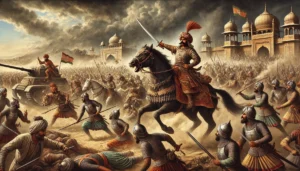 Rana Sanga: The Fearless Rajput King and...
Rana Sanga: The Fearless Rajput King and...
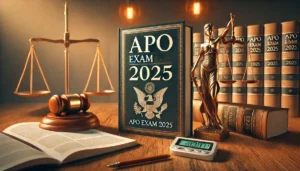 All State APO Exam 2025: Eligibility, Ex...
All State APO Exam 2025: Eligibility, Ex...
 Triboelectric Nanogenerator (TENG) and i...
Triboelectric Nanogenerator (TENG) and i...

